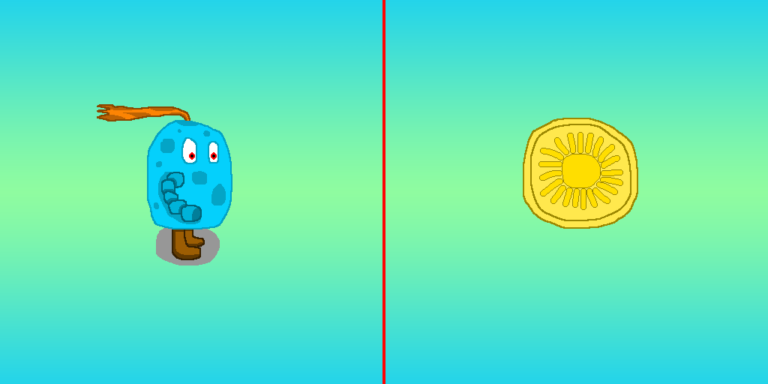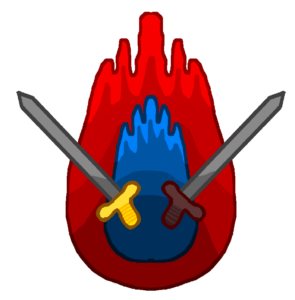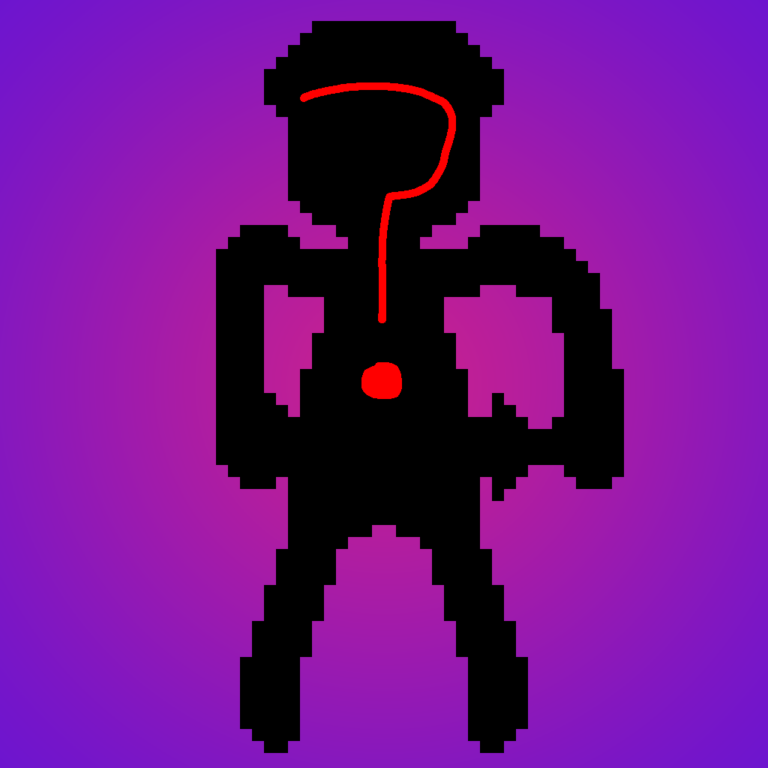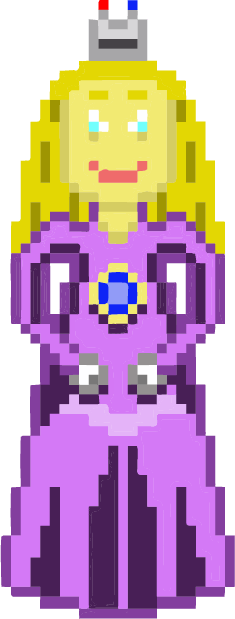Join US
Do you want to build the fantasy world you’ve always dreamed of?
Subscribe to receive notifications when a new post is out and for our monthly newsletter!
You can always unsubscribe anytime.


A novel isn’t just a whole bunch of words stitched together that span many pages. It’s about the world and the characters found within these words and is presented in a way that keeps readers engaged. To spur interest in a novel, it must have at least one major story, though there are many different types of stories you can use.
There are a whole bevy of stories you can go with but for the purpose of this article, we’ll only cover the 2 main types: character-driven and plot-dominated. Each one features its own set of plot-lines and many writers use a combination of the two to create a story that stands out in an ever-growing crowded field.
Before we delve into the 2 main types of stories, it’s crucial to understand what precisely a story is. In simple terms, it chronicles how a character gets from point A to point B. These two points can mean physical locations, becoming better (or worse) versions of themselves, and so on. A number of factors affect it like other characters, objects, the world itself, etcetera.
Character-dominated storylines revolve around someone or a set of people. These storylines have the character being an active participant, taking the lead instead of reacting and working towards a goal he set himself. They can be a byproduct of a plot-driven storyline though they usually lead to the character being in a different position than he was at the beginning.
Plot-driven storylines show how different characters deal with events beyond their control. Instead of being active participants, they have no choice but to work to turn things to their advantage. These stories tend to be on a grander scale than character-driven ones, focusing on themes such as war or morality, and tend to be far more consequential and far-ranging in their effects.
This is number twenty-four in our writing a fantasy book series. If you wind up liking this article and want to read more, check out our ever-growing selection on our blog page. You should have no problem finding one that catches your eye!
A story is an account of characters and events and how the former gets from one point to another. Characters undergo either positive or negative growth, depending on how they fare throughout the tale. The goal is to make a story that captures your readers’ attention and keeps it all the way through.
To create a story, it must contain:
Both types of stories use all of the ones mentioned just above so don’t overlook them!
Characters are people in your world who have their own dreams and goals. They have their own personalities, quirks, and are unique in how they perceive the world. A great diversity of characters help make for an interesting tale!

Conflict is central to the story. It can be many things such as a clash between different characters whether it’s a difference of opinion or a physical brawl. The conflict helps pull readers in as they want to see what happens and how it’ll impact the characters and the story going forward.
The setting is simply the background in which the tale takes place on. It can be as small as a house or as expansive as the picturesque countryside. Think of it as the stage on which your characters will play their part. Fantasy settings come in a wide variety of visual forms such as medieval and sci-fi. Use those that match the world your tale is set in!
The narrative technique is how you tell your story. You have a plethora of options to choose from like telling it in 1st-person perspective or using a flashback. Great writers use a mixture of many literary devices to tell a compelling, riveting story that their readers keep coming back to again and agin.
The plot is a series of connected events that shape the story. Each one affects the next and some are minor whereas others are pivotal and capable of altering the tale’s trajectory. You want to make each event interesting and have it build upon the ones that came before.
Last and not the least, the theme is the message the story is telling your readers. Many fantasy novels feature a central theme and several sub-themes, the latter of which is used to help reinforce the former. It’s important to convey the theme in a way that your audience can easily understand instead of scratching their head of what the story is trying to say.
The first of two key types of stories, character-driven ones are those that closely follow characters from beginning to the end, mostly focusing on them. The characters in the limelight assume a dominant position and become active, choosing to make decisions and choices with whatever information they have at the time. They don’t wait for things to happen; they make things happen.
In character-dominated storylines, they experience growth that can go both ways. They can learn new skills or gain wisdom that will prove crucial down the road or suffer a great downfall that leads to them losing everything precious to them. How they handle the inevitable ups and downs is great insight into their inner workings!
These types of stories come in a wide range of forms such as being on a personal journey to better himself or confront his fears. They are doing things only they can do and they have to do it alone. This is a great way to showcase their inner struggles as they work to overcome their fears and doubts so they can come out on the other side stronger and more capable to deal with the new challenges coming their way.

A classic example of a character-driven story is the hero’s journey. The tale follows the protagonist as he confronts increasingly tougher obstacles and challenges, experiences both triumphs and setbacks, and confronts the villain in the end to defeat him once and for all. Readers are with him all the way through and form an emotional connection with him, wanting to see him persevere against all odds.
The majority of these plot-lines feature characters going on a spiritual journey of sorts. Dreams are commonly used to convey these journeys since they all take place within characters’ minds. In these dreams, they face a spirit that assumes the form of someone they know that acts as their guide.
The characters are forced to look back into their past to look at painful memories that shaped them and are shown a glimpse of a potential future that only they can choose to avoid. They are then given a choice to either continue the path they’re on which might lead to the future they ought to avoid or take a different path that might take them to a better one.
These stories are also great as your audience learns a lot about the characters that they otherwise wouldn’t. For example, they see how they approach problems and come up with ways to solve them. They also learn plenty about how they perceive the world and their role in it, what they really think of themselves or other people.
There are many tales which are dictated entirely by the plot, which is the second type of stories. These stories drive every choice characters make as they must consider how said choice will affect the plot going forward. The characters usually have limited options and information to work with as they make their decisions. As such, they are larger than character-dominated ones and take longer to resolve.
Nearly all major stories are plot-dominated and are presented in a binary fashion. In this vein, there are two opposite forces working against each other which generates the conflict of the story. Each side has its own agenda and uses different methods to accomplish their goals. Characters on both sides don’t make decisions out of their free will, they do so only to advance their side at the expense of the other.
Appearing in many fantasy worlds, war is a staple of plot-driven stories. Used as a representation of good vs. evil, war shows the lengths both sides are willing to go to in order to achieve their aims. Evil endeavors to control and destroy the world whereas good seeks to protect and keep it safe for the future which brings both sides into conflict.

Unlike those dominated by characters, plot-dictated stories have an objective characters must strive to reach. It could be a powerful object that will change everything or a place they must get to before it’s too late. A sense of urgency impels them to move quickly, for time is of the essence.
Tales within this group are far more ranging in how they affect both the world and the people living there. They affect them in ways unforeseen which can make for intriguing drama to the audience. Characters and places change in a number of profound ways and they can be unrecognizable at the end.
Resolving them isn’t a clean-cut affair, they’re messy which can lead to unpredictable results. A character may step away from the main group temporarily or a city is left in smoldering ruins after a fierce battle. Exploring the fallout is part of resolving plot-dictated storylines.
When writing a novel, think about the stories you want to tell. You want to make tales that potential readers want to keep reading to find out what happens. Great writers use a mixture of both character-driven and plot-dictated types of stories.
A story is a narrative account of how a character gets from one place to another. It also contains several essential things like conflict, settings, and characters. You have to use them all to create a tale that catches people’s attention and keeps them.
The first group are character-dominated. They revolve around one or more characters and closely follow them as they make choices that shape their future. As they move along, they experience personal triumphs and suffer setbacks and emerge either stronger or weaker.
The second kind of stories are plot-oriented. Characters in these tales consider how each decision they make affects the plot. Many plot-dominated stories make heavy use of drama, whether it be between two different factions or a character on a journey to reach an objective.
Including both types of stories in your novel will help it stand out. If you aren’t doing it, there’s no better time than to start today!
Let me know what you think in the comments below. (Note: this is an account-exclusive feature).
If you don’t have one, you can register here. It only takes a few moments of your time!
Liked this article and want to subscribe? All you have to do is fill out the form below and that’s it!
Thanks for reading this and until the next time,
Sunfire
Subscribing means you receive:
You can always unsubscribe anytime.
Do you want to build the fantasy world you’ve always dreamed of?
Subscribe to receive notifications when a new post is out and for our monthly newsletter!
You can always unsubscribe anytime.